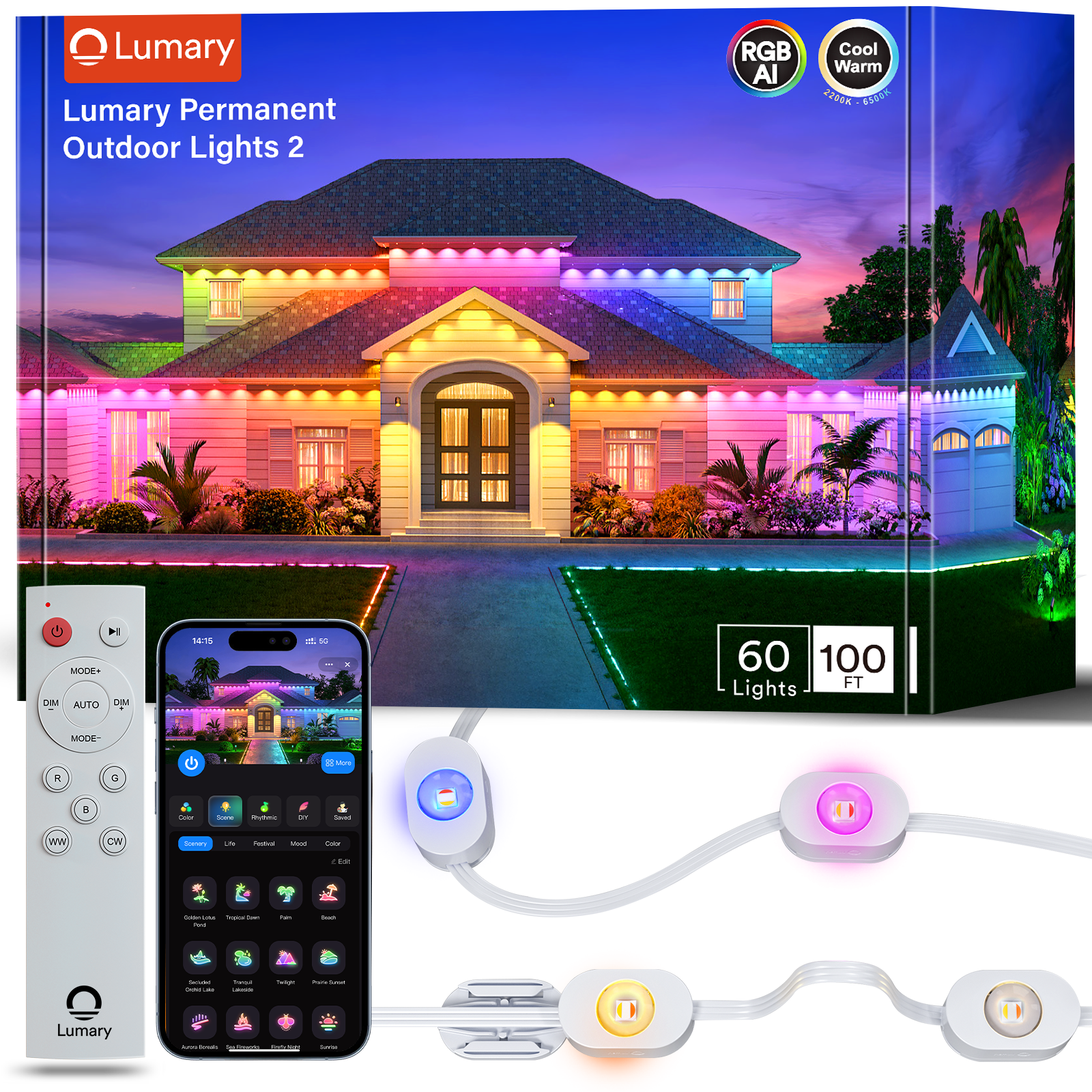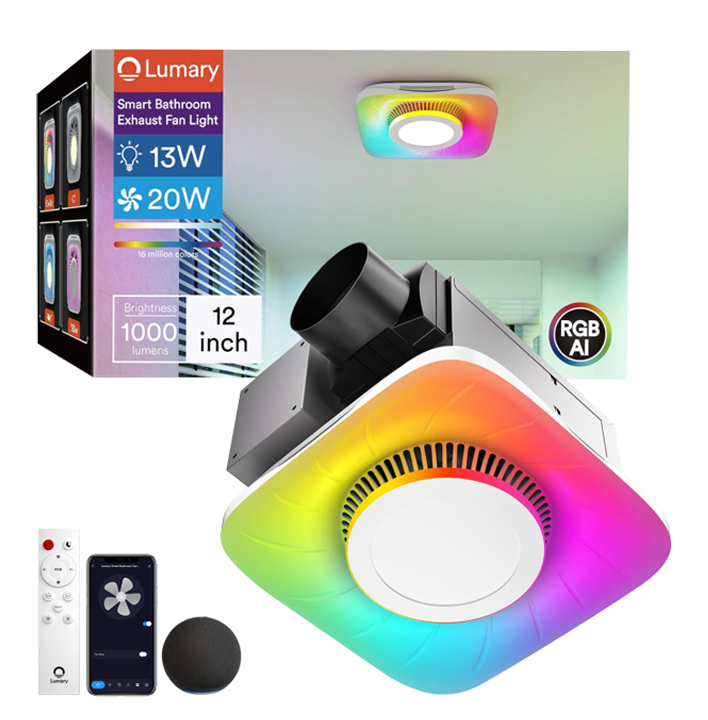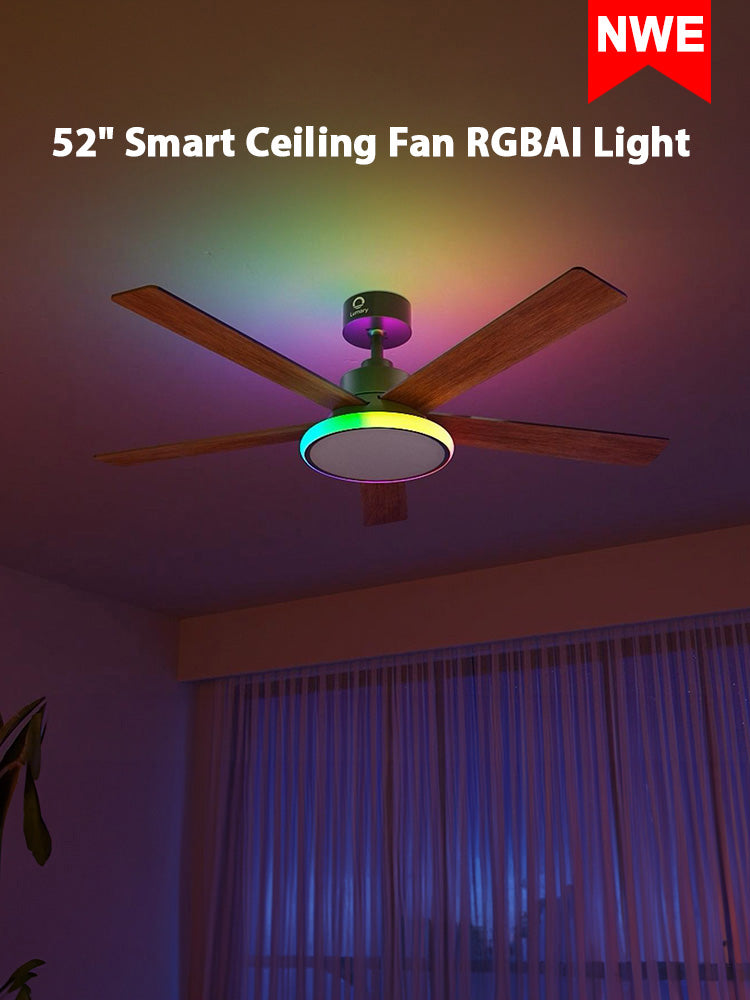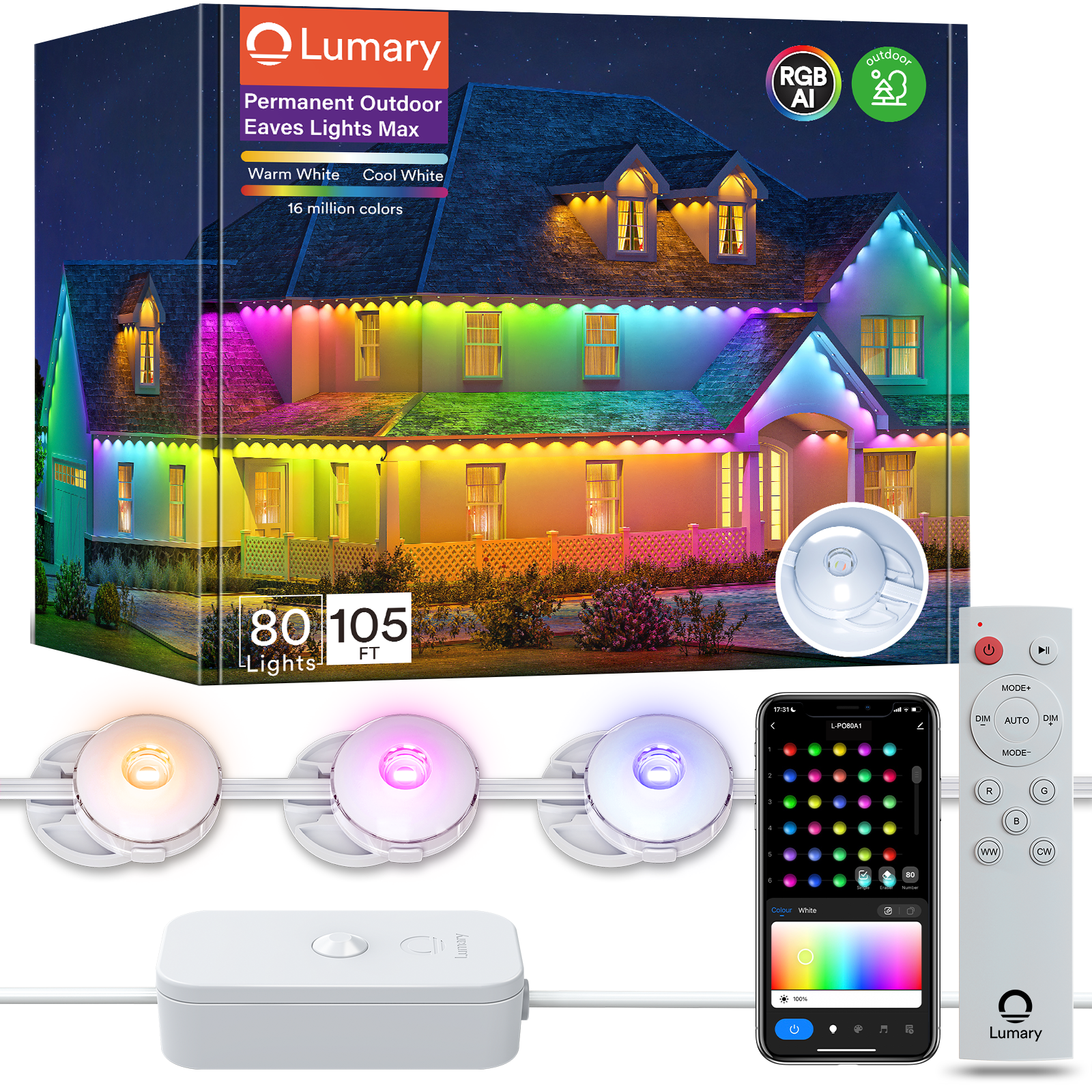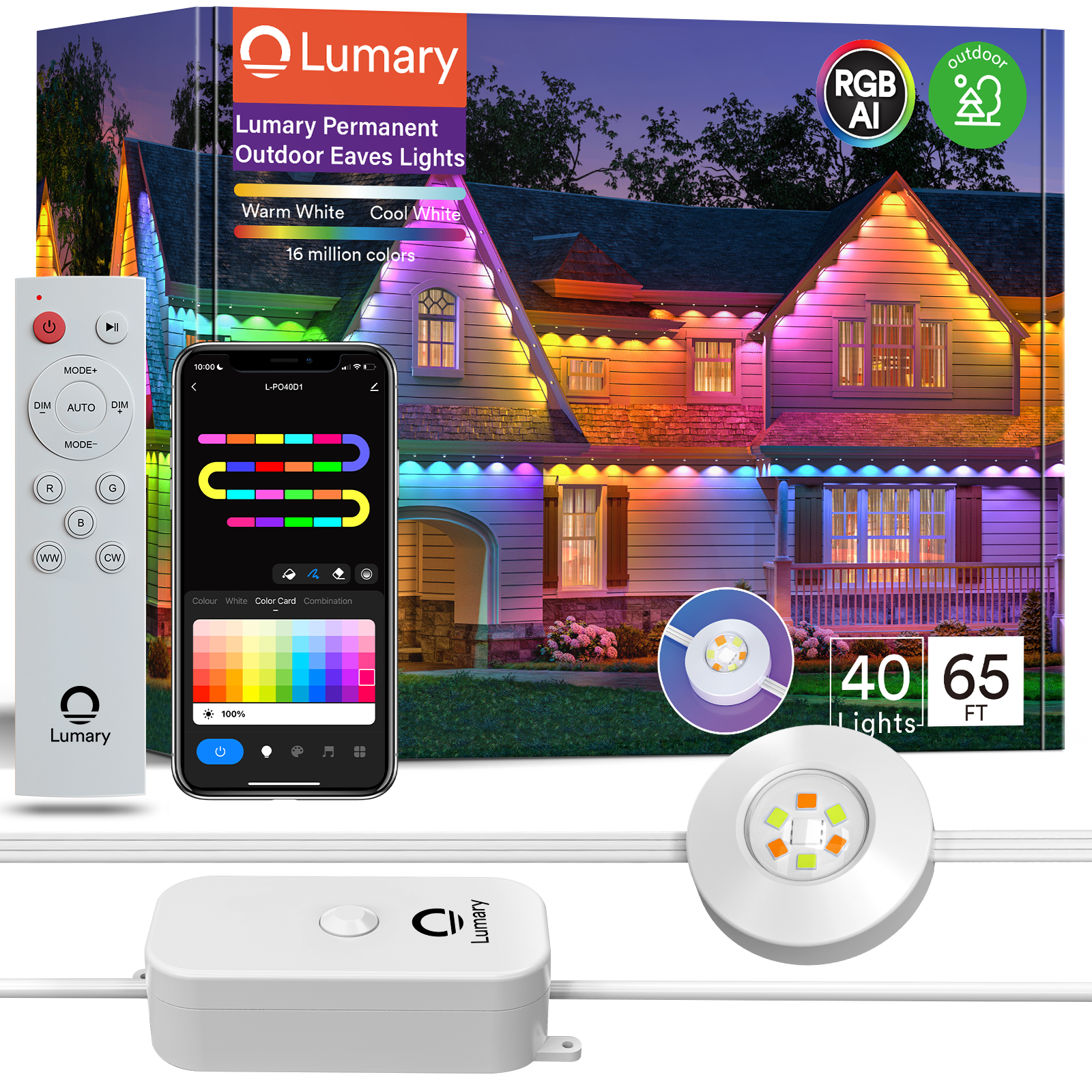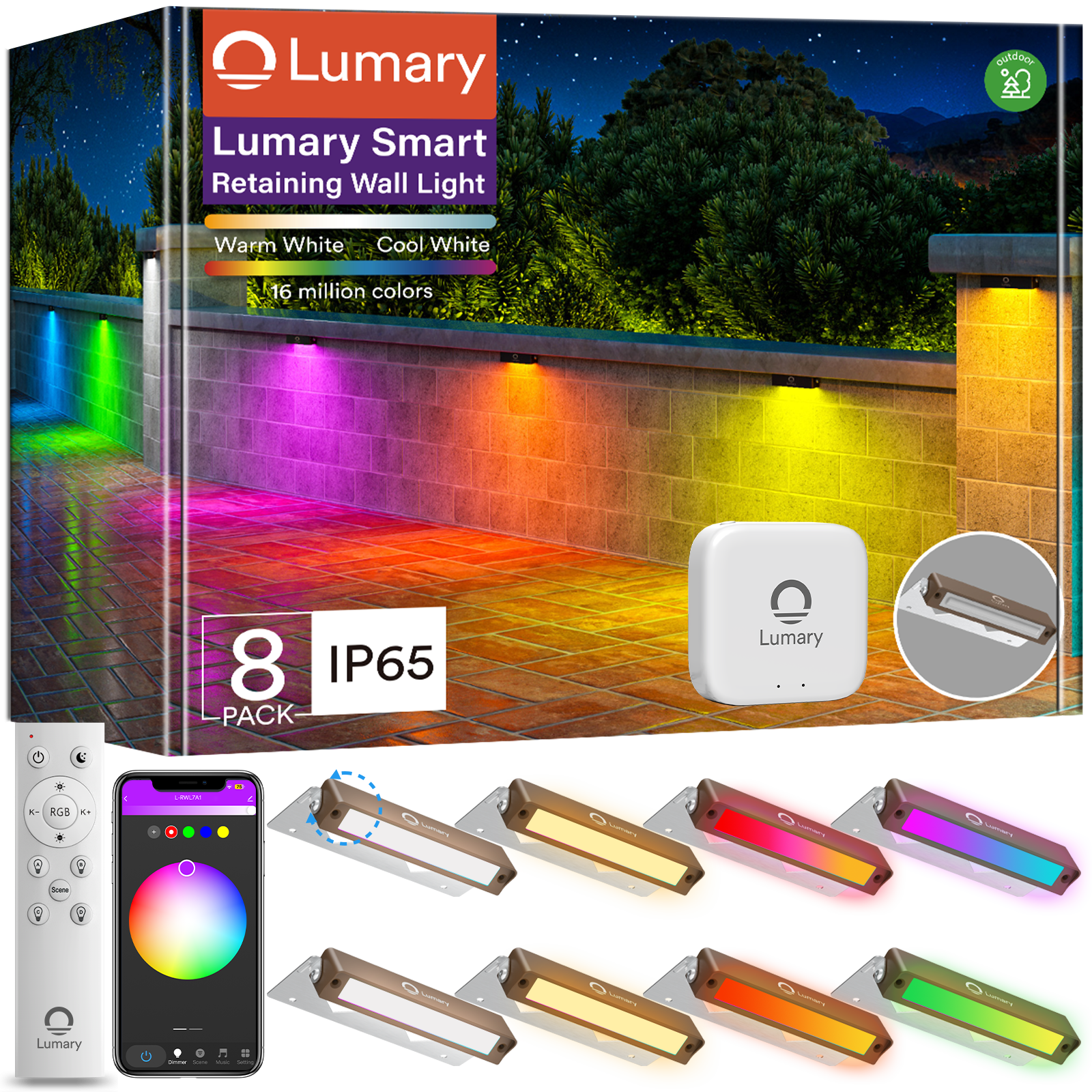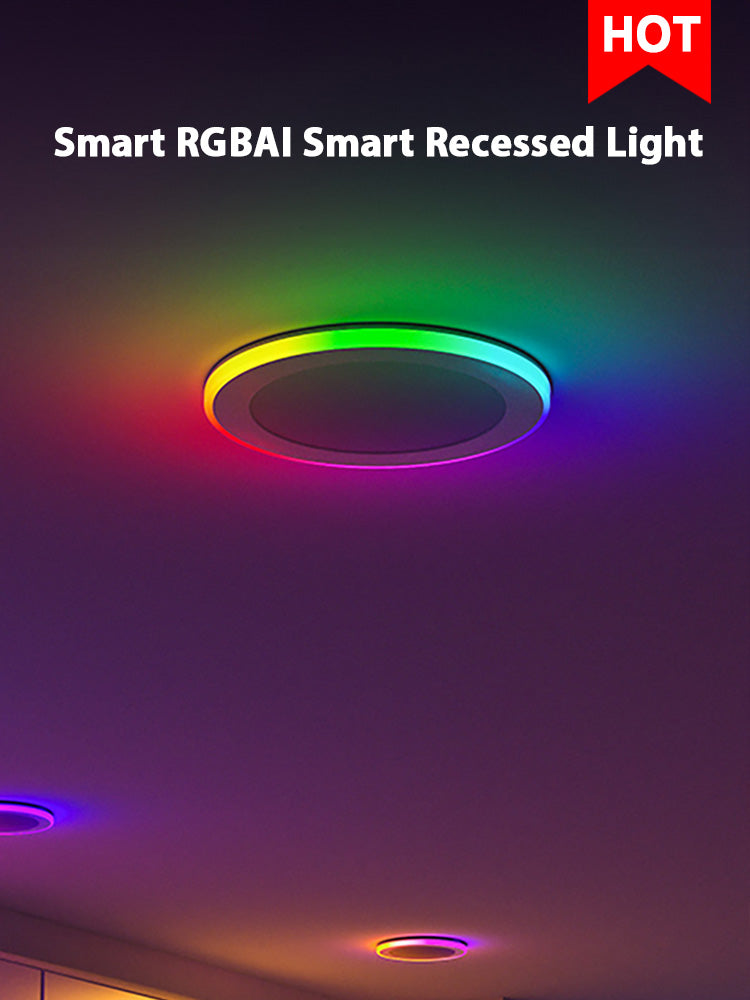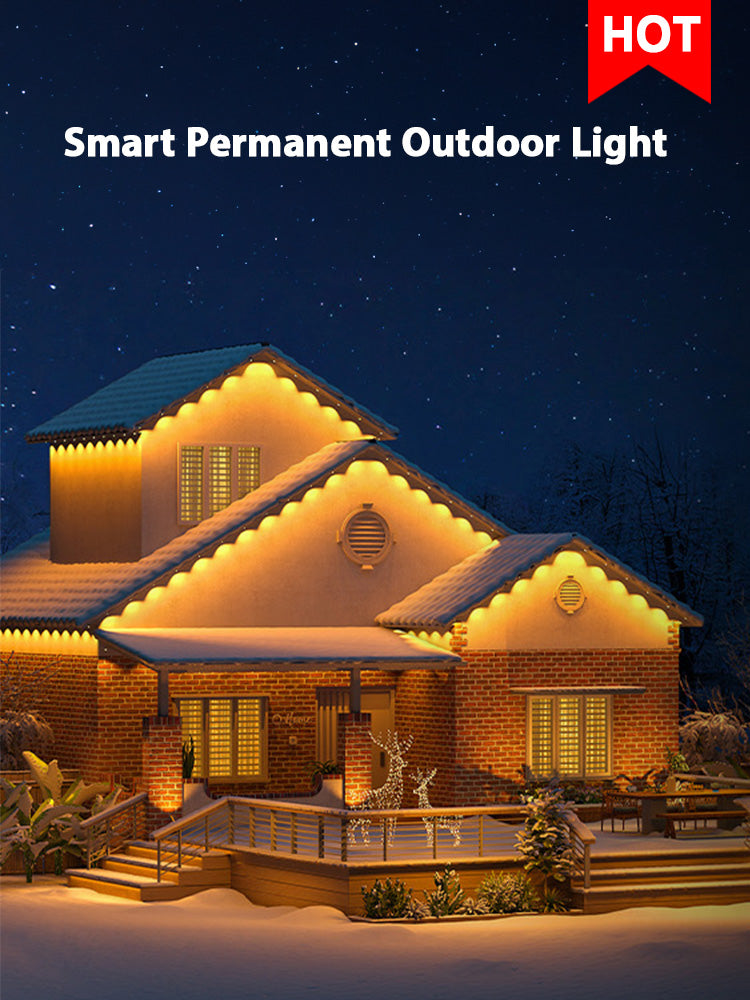Choosing the right outdoor lighting transforms your space into a welcoming haven. Permanent outdoor lights offer durability and efficiency, making them an ideal choice for long-term use. High-quality LED options consume 75% less energy than traditional incandescent lamps and last 25 times longer. This efficiency not only reduces electricity bills but also contributes to a greener environment. With permanent outdoor lights, you enjoy enhanced aesthetics and security while minimizing maintenance efforts. Investing in durable lighting ensures reliable performance through various weather conditions, providing peace of mind and lasting beauty for your outdoor spaces.
Understanding Different Types of Permanent Outdoor Lights

LED Lights
Advantages of LED Lights
LED lights offer significant energy savings. High-quality LED lamps consume at least 75 percent less energy than traditional incandescent lamps. This efficiency reduces electricity costs and contributes to environmental conservation. LEDs provide bright illumination, enhancing visibility and security in outdoor spaces. The long lifespan of LEDs minimizes the need for frequent replacements, making them a cost-effective choice for permanent outdoor lights.
Considerations for LED Lights
Consider the initial cost when choosing LED lights. Although LEDs are more expensive upfront, the long-term savings on energy bills and maintenance outweigh the initial investment. Ensure compatibility with existing fixtures to avoid additional expenses. Check the color temperature and brightness levels to match the desired ambiance for outdoor areas.
Solar Lights
Benefits of Solar Lights
Solar lights harness renewable energy from the sun, eliminating electricity costs. These lights operate independently, providing flexibility in placement without wiring constraints. Solar lights are environmentally friendly, reducing carbon footprints. The installation process is straightforward, making solar lights an attractive option for those seeking hassle-free setup.
Limitations of Solar Lights
Solar lights depend on sunlight for charging, which can affect performance during cloudy or rainy days. The brightness and duration of illumination may vary based on weather conditions. Regular maintenance is necessary to ensure optimal performance, as dirt and debris can obstruct solar panels. Consider these factors when selecting solar lights for modern permanent outdoor lighting.
Low Voltage Lights
Pros of Low Voltage Lights
Low voltage lights offer safety advantages due to their reduced risk of electrical shock. These lights consume less energy compared to high voltage options, leading to lower electricity bills. The soft illumination from low voltage lights creates a warm and inviting atmosphere in outdoor spaces. Installation is relatively simple, making them suitable for DIY projects.
Cons of Low Voltage Lights
Low voltage lights may require transformers to convert standard voltage, adding to the initial setup cost. The brightness level might not be sufficient for areas requiring intense illumination. Consider the specific lighting needs of outdoor spaces before opting for low voltage lights.
Key Factors to Consider for Durability
Material Quality
Weather-resistant Materials
Outdoor lights face harsh conditions. Rain, snow, and heat can damage inferior materials. Choose weather-resistant options for durability. Aluminum and stainless steel offer excellent resistance. These metals withstand extreme weather without degrading. Stainless steel, especially AISI 316L, provides high corrosion resistance. This material ensures longevity in outdoor settings. Copper also resists corrosion effectively. Over time, copper develops a protective patina. This natural layer shields the metal from rust.
Corrosion-resistant Finishes
Corrosion shortens the lifespan of outdoor lights. Select finishes that resist corrosion for lasting performance. Powder-coated finishes provide an extra layer of protection. These coatings prevent moisture from reaching the metal surface. Anodized aluminum also offers superior corrosion resistance. This process enhances the metal's natural oxide layer. Choose fixtures with these finishes for extended use.
Design and Construction
Sturdy Construction Features
The construction of outdoor lights affects durability. Look for robust features in light fixtures. Reinforced joints and seals prevent water ingress. Solid metal frames offer better stability. These features ensure the lights remain intact during storms. High-quality screws and fasteners add to the fixture's strength. Properly constructed lights withstand environmental stress.
Impact of Design on Longevity
Design plays a crucial role in the lifespan of outdoor lights. Opt for designs that enhance durability. Fixtures with sloped tops prevent water accumulation. This design feature reduces the risk of water damage. Enclosed housings protect internal components from debris. Such designs minimize maintenance needs. Thoughtful design choices extend the life of outdoor lighting systems.
Installation Tips for Permanent Outdoor Lights

Professional vs. DIY Installation
Benefits of Professional Installation
Professional installation offers several advantages. Experts ensure correct and safe installation of permanent led outdoor lights. Professionals have the necessary tools and experience to handle complex installations. This reduces the risk of electrical hazards. Professional installers provide warranties on their work. This guarantees peace of mind for homeowners. Hiring a professional saves time and effort. Homeowners can focus on other tasks while experts handle the lighting setup.
DIY Installation Tips
DIY installation can be a rewarding project. Start by planning the layout of the lights. Measure the area to determine the number of lights needed. Gather all necessary tools before beginning the installation. Follow the manufacturer's instructions carefully. Ensure all connections are secure to prevent electrical issues. Test the lights before finalizing the setup. Adjust the placement if necessary for optimal coverage.
Safety Considerations
Electrical Safety Tips
Electrical safety is crucial when installing permanent outdoor lights. Turn off the power supply before starting any electrical work. Use insulated tools to prevent electrical shocks. Check wires for damage before connecting them. Replace any frayed or exposed wires immediately. Install ground fault circuit interrupters (GFCIs) for added protection. GFCIs prevent electrical shocks by cutting off power during faults.
Placement and Positioning Advice
Proper placement enhances the effectiveness of outdoor lighting. Position lights to highlight key features in the landscape. Avoid placing lights too close to water sources. This prevents potential electrical hazards. Consider the height of the fixtures for even light distribution. Install lights at a height that covers the desired area without causing glare. Use weather-resistant materials to withstand local climate conditions. Durable materials ensure long-lasting performance in outdoor environments.
Maintenance and Care for Longevity
Regular Cleaning and Inspection
Cleaning Techniques
Regular cleaning keeps permanent outdoor lights in top condition. Use a soft cloth or sponge with mild soap and water to clean the surfaces. Avoid abrasive materials that might scratch the finish. Rinse thoroughly to remove any soap residue. For stainless steel fixtures, regular cleaning prevents rust spots. High-quality stainless steel requires minimal maintenance due to its low porosity. This feature reduces dirt accumulation and corrosion risk. Ensure all parts are dry before reassembling to prevent moisture damage.
Inspection Checklist
Routine inspections help identify potential issues early. Check for loose screws or fasteners that might compromise stability. Examine the wiring for signs of wear or damage. Look for any cracks or chips in the light fixtures. Inspect the seals and joints for water ingress. Ensure that the lights function correctly by testing them regularly. Replace any faulty bulbs or components promptly. Regular inspections extend the lifespan of outdoor lighting systems.
Troubleshooting Common Issues
Identifying Common Problems
Common problems with permanent outdoor lights include flickering, dimming, or complete failure. Flickering often results from loose connections or faulty wiring. Dimming might indicate a power supply issue or an aging bulb. Complete failure could stem from a blown fuse or damaged transformer. Regular checks help identify these issues early. Addressing problems promptly prevents further damage.
Solutions and Repairs
Loose connections require tightening to restore proper function. Replace faulty wiring to ensure safety and reliability. For dimming issues, check the power supply and replace old bulbs. A blown fuse needs immediate replacement to restore power. Damaged transformers should be repaired or replaced by a professional. Regular maintenance and timely repairs keep outdoor lights functioning optimally. Proper care ensures long-lasting performance and beauty for outdoor spaces.
Permanent outdoor lights transform your space into a secure and beautiful environment. Durable lighting ensures reliable performance in all weather conditions. High-quality materials and thoughtful design choices enhance longevity. Professional installation guarantees optimal results and peace of mind. Investing in quality lighting enhances security and aesthetics. Outdoor lighting allows you to enjoy family time and protect important assets. Consider professional services for installation to maximize benefits. Make an informed choice to elevate your outdoor spaces with durable lighting solutions.

